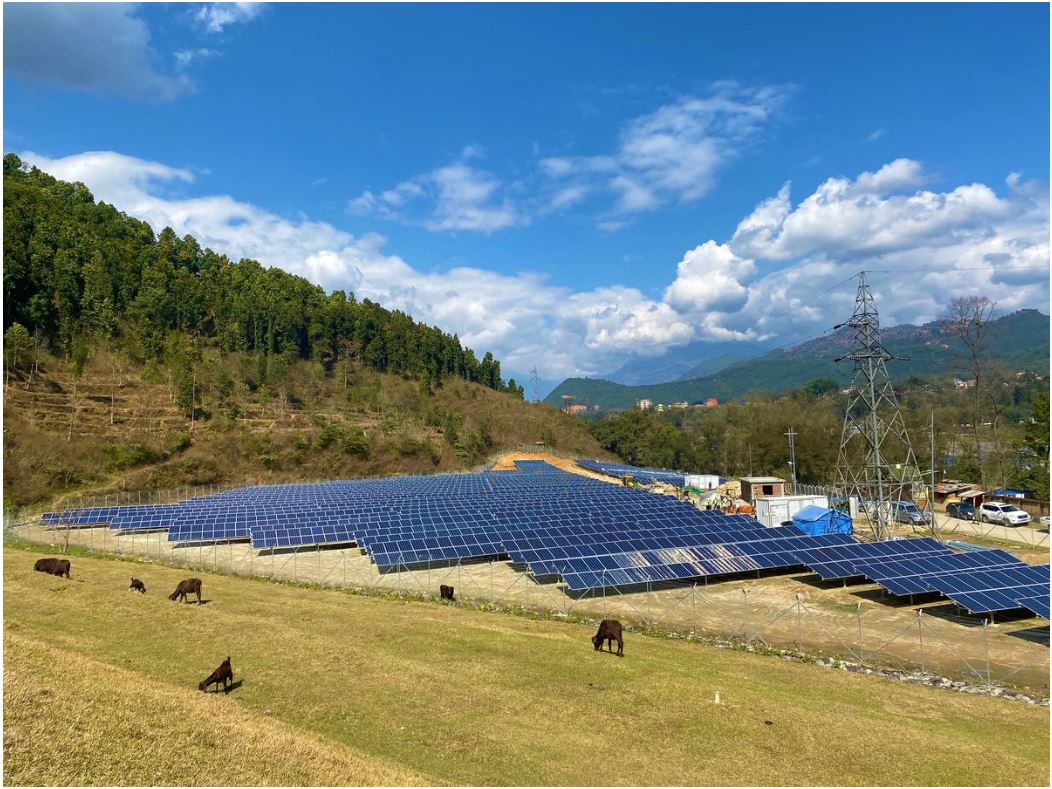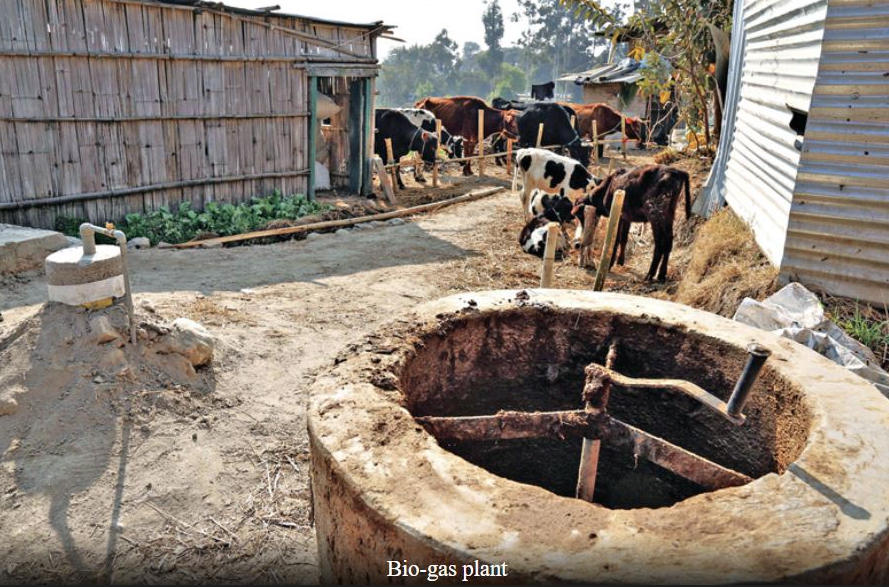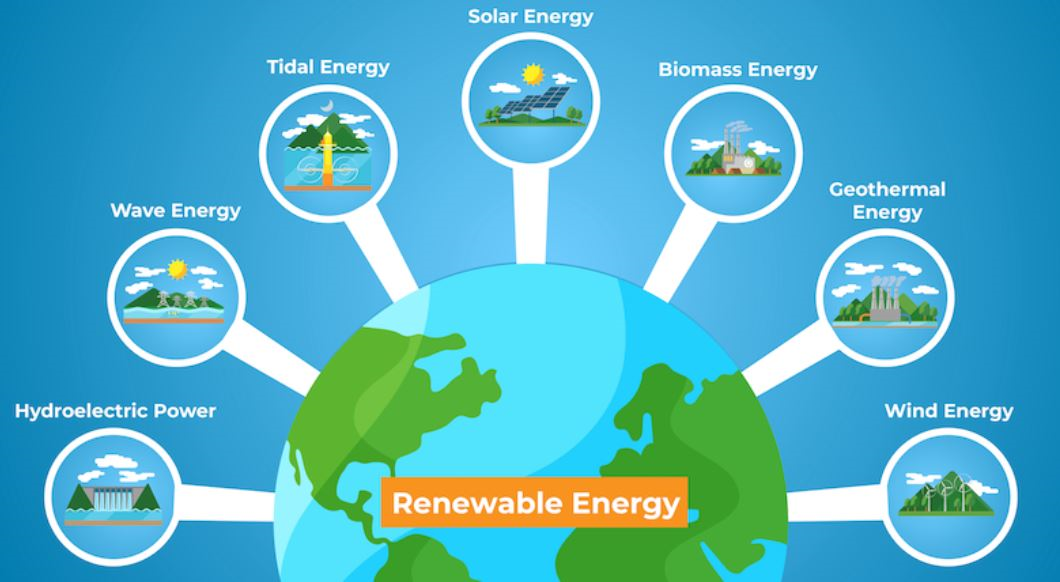Renewable Energy-Potential Sources in Nepal
Solar energy is one of the most potential sources of energy in Nepal, and it is an easily available renewable energy source. The Alternative Energy Promotion Centre (AEPC) has been promoting the use of solar energy through different subsidy plans, particularly in remote areas of Nepal.
One of the biggest solar plant projects in Nepal is the Nuwakot Solar Power Station, which has a potential generation capacity of 25MW. This project will be connected to the grid coordination with the Nepal Electric Authority (NEA). Unlike some other solar projects, the Devighat project does not have batteries for storing energy, so electricity is added to the grid when the solar panels are used for generation. The project will help to reduce the load on hydropower, making it a valuable addition to Nepal's energy mix.

Another notable solar project in Nepal is the Butwal Solar project, a private solar plant that directs energy to the transmission for commercial purposes. This project, located in the Rupandehi district, has a capacity of 8.5MW and has a power purchase agreement with the NEA for 25 years at a rate of Rs.7.3. These projects illustrate how Nepal is making efforts to harness the potential of solar energy as a source of renewable energy.
In addition to solar energy, biogas production is also a potential renewable energy source that can have a significant impact on Nepal's energy scenario. As an agricultural country, Nepal has a large number of cattle such as cows, buffaloes, and goats, as well as other organic decaying materials that can be used as sources for biogas generation. Gandaki Urja has been distributing bio-compressed natural gas to the people of the Pokhara region. AEPC has also been running urban domestic biogas plants, with a capacity of around 1 cubic meter. This capacity can be increased to 4 cubic meters, and based on this, the Government of Nepal is providing subsidies to promote the use of biogas in urban and semi-urban regions of Nepal. These efforts demonstrate how Nepal is leveraging the benefits of biogas production as a sustainable and renewable energy source.

The use of both solar energy and biogas can greatly contribute to the energy scenario of Nepal and help to reduce the country's dependence on non-renewable sources of energy. Additionally, these renewable energy sources can also create economic opportunities and help to improve the living standards of the people in Nepal. While solar energy and Biogas are two major forms of renewable energy, it is important to mention that other sources of renewable energy could be considered such as hydroelectricity, wind energy, geothermal and biomass energy, etc. To harness these energies efficiently, the collaboration between government and the private sector is necessary. Additionally, research and development in new technologies, policies, regulations, and training the workforce is also crucial to efficiently utilize these energy sources and create a sustainable energy future for Nepal.
